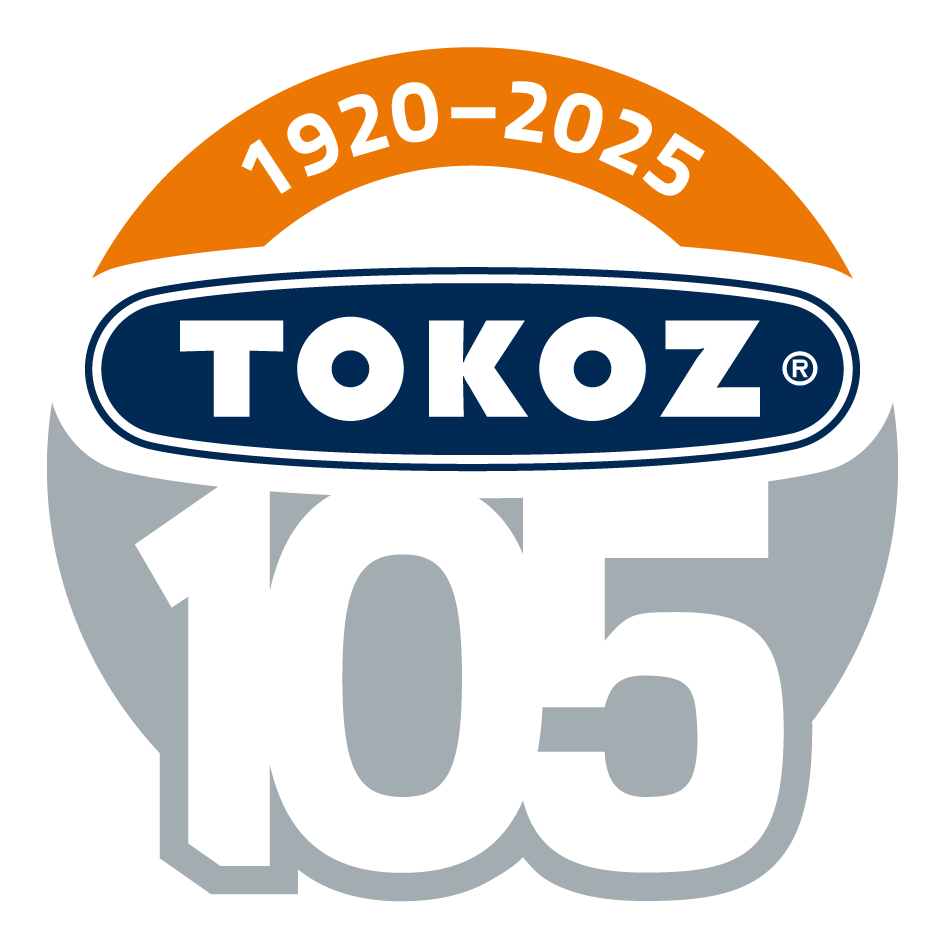SURFACE FINISHING
Electroplating
Electroplating is a metal coating process where electrical energy is used to transfer cations of one metal to another metal’s surface (electrolysis). This takes place through an electrochemical reaction in a liquid electrolyte environment.
Electroplating is most commonly used as a metal surface finishing, particularly to create a layer of desired characteristics (e.g. resistance to abrasion or corrosion, for sliding or aesthetic properties etc.) on a surface lacking such characteristics.
.jpg) |
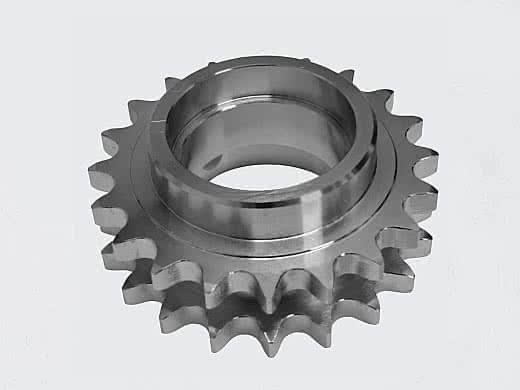 |
.jpg) |
Available technologies
- bulk drum zinc coating in mildly acid baths or in alkaline Zn/ZnFe baths (steel and zinc alloy parts)
- hot-dip zinc coating in alkaline Zn baths (steel parts)
Possible application to increase corrosion resistance
- blue (thin-layer) passivation with possible subsequent sealing
- thick layer passivation with possible subsequent sealing
- yellow passivation with possible subsequent sealing
Further technologies
- direct drum or basket passivation of zinc and aluminium alloy parts (passivation without prior coating)
- wet vibration tumbling in ceramic media
Electroplating shop capacity
- up to 900 kg/hour using drum coating (small parts)
- maximum part dimensions for hot-dip coating are 0.75 x 0.15 x 1.3 m (h x w x l)
All substances used within our facilities are Cr6+ free.
Why use our electroplated products?
- high and stable quality
- long lifespan of coated surfaces
- short deadlines will persuade you
Powder painting
Powder painting is a single layer surface treatment for metals. This system is used mainly as a metal surface finishing. It serves as corrosion protection and ensures aesthetic final product appearance.
Powder paints are applied on a painting line. An electrostatic field is used to supply electric charge into the powder particles while the painted item is grounded. The resulting electrostatic power is sufficient to create an adequate powder layer on the item. The powder remains in place until it melts and adheres to the surface in a seamless layer.
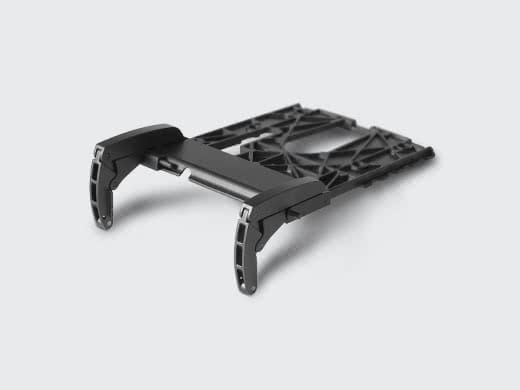 |
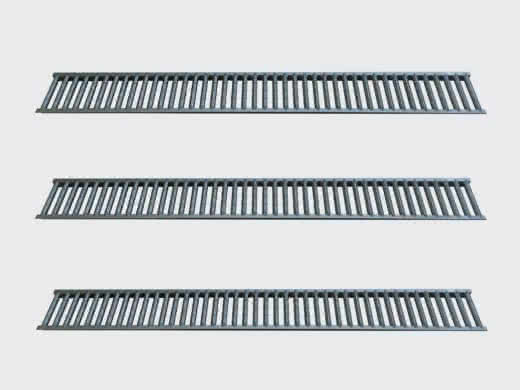 |
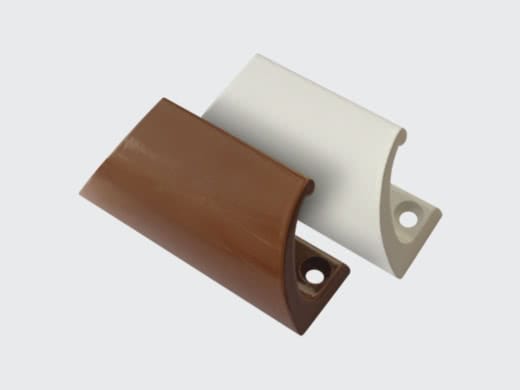 |
Advantages of powder painting
- ecological - powder paints contain no solvents
- durable - protecting metal from abrasion and other forms of mechanical damage
- anticorrosive
- colour-fastness and a broad range of colour tones
Key characteristics of powder painting
Powder painting significantly enhances the aesthetic aspect of the final product. Various finishes may be selected - from smooth glossy, through variously structured to matte, course and rough options.
Powder painting is suitable for treatment of both external and internal metal parts.
Technological procedure of metal surface treatment by powder paint
- degreasing - iron phosphate - demi water rinsing - drying after pre-treatment - powder paint application - powder burning
Why paint with us?
- experience with painting of castings
- short delivery periods
- we test and guarantee quality
- we provide minor assemblies and packaging of painted parts upon request

